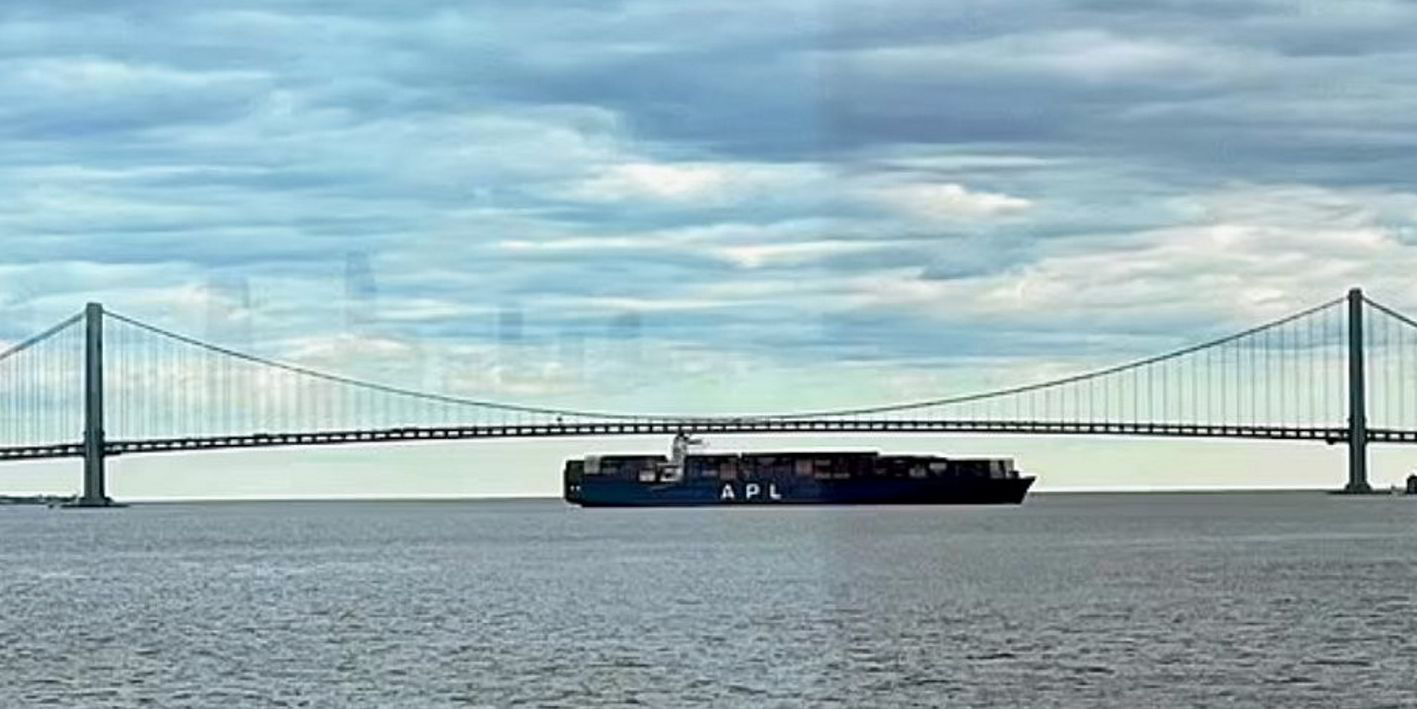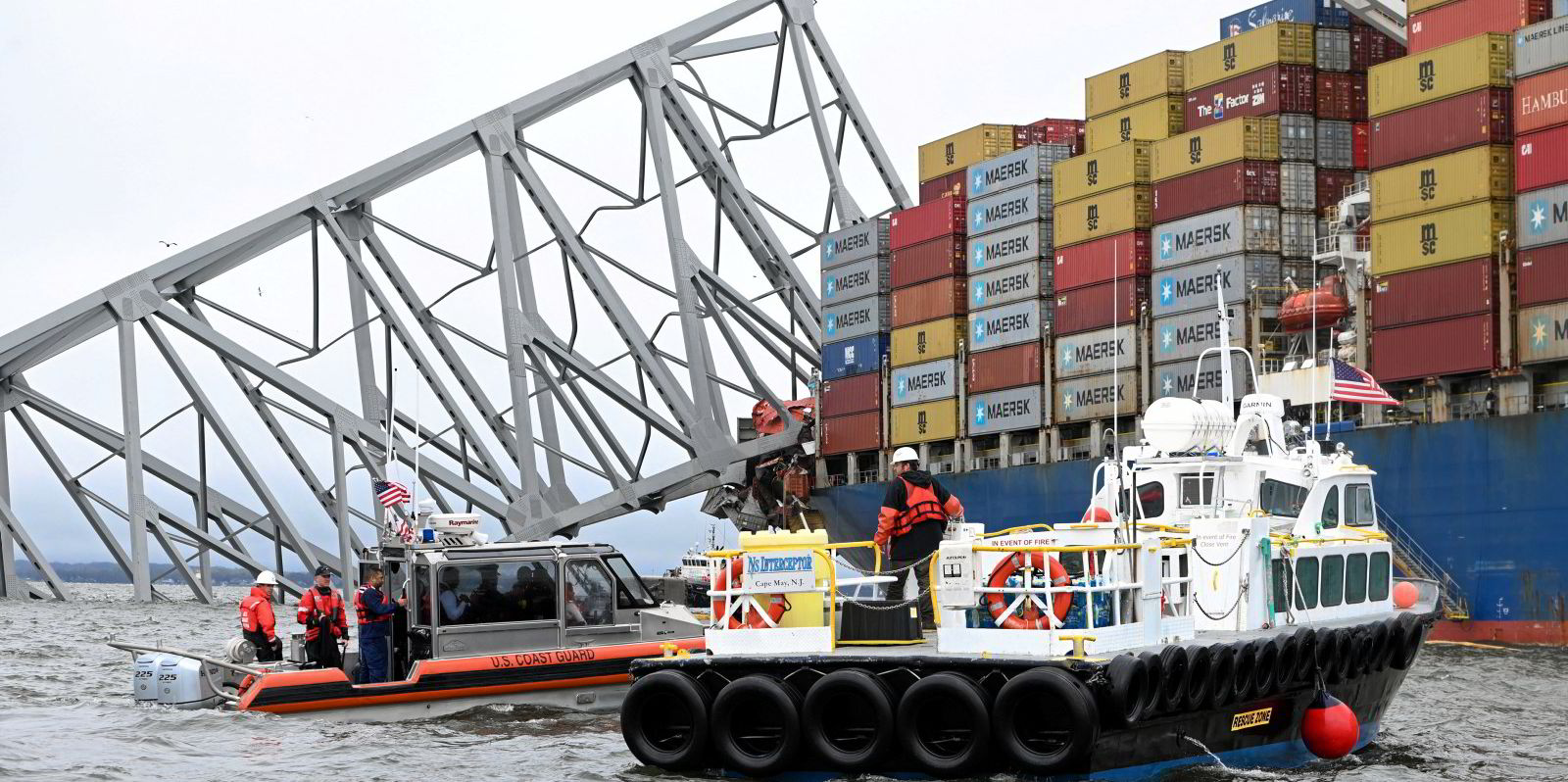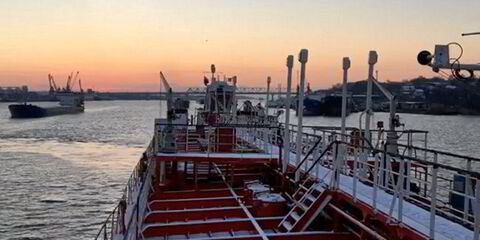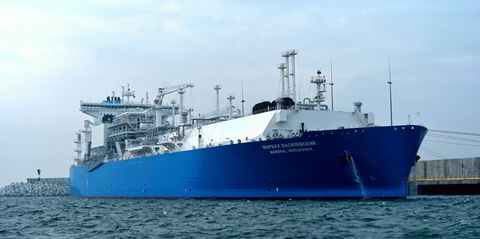A CMA CGM boxship lost propulsion near New York’s longest suspension bridge, the US Coast Guard has revealed.
The incident involving the 10,100-teu APL Qingdao (built 2012) happened on Friday evening, less than two weeks after the Maersk-chartered 9,962-teu container ship Dali (built 2015) lost power and destroyed the Francis Scott Key bridge in Baltimore.
USA Today cited Coast Guard officials as saying the APL Qingdao suffered a loss of propulsion and slowed to a halt close to the Verrazzano-Narrows Bridge in the Kill Van Kull Waterway.
Coast Guard spokesman Ryan Schultz said the ship did not suffer a full power outage, however.
“The APL Qingdao suffered a loss of propulsion that was restored a short time later, which temporarily impacted the vessel’s ability to move through the water without the assistance of the towing vessels that were escorting it,” Schultz added.
“This differs from a loss of power, where the ship loses its ability to generate power for all systems on board, including propulsion.”
The vessel was towed to the Stapleton anchorage just north of the bridge and the Coast Guard ordered a full repair of its propulsion system before it continued on its route.
The boxship left on Sunday morning and was moored in Norfolk, Virginia, on Tuesday, according to AIS data.
CMA CGM has been contacted for comment.
The APL Qingdao has no port state control detentions on its record.
Power losses ‘fairly common’
American Pilots’ Association executive director Clay Diamond earlier told USA Today that power outages are fairly common on cargo ships.
Referring to the Baltimore disaster, he said: “It’s likely that virtually every pilot in the country has experienced a power loss of some kind [but] it generally is momentary.
“This was a complete blackout of all the power on the ship, so that’s unusual. Of course, this happened at the worst possible location.”
The collapse of the Baltimore bridge killed six construction workers.




